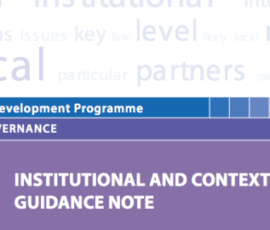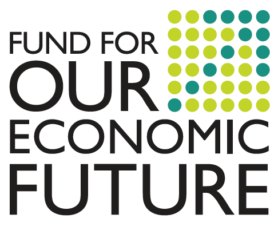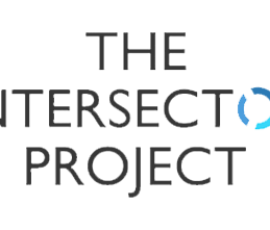Contexts define the risks, possibilities and the room for manoeuvre for partnerships. But there is a two-way interaction. Partnerships can also play a significant role in challenging and changing contexts that are unfavourable to sustainable development.
Contexts can be both a threat and an opportunity for partners. In any event, the role of context changes continuously – today’s successful partnership may come unstuck tomorrow with a change of political leadership or a natural catastrophe.
Effective partnerships will interact with their context in an evolving and appropriate manner. Challenges and even risks may occur at different times and on many different (sometimes unexpected) levels. This can include, for instance, changes in available resources, new power imbalances and the strong influence of new partner organisations or powerful personalities.
It is important to build and invest in the capacity of partners to be agile, responsive and constructively inter-dependent to face risks that are unknown and unknowable. In a partnership it is also important to ask who will mitigate which risk, and how? Ideally, partners will consider how to turn risks into opportunities (see box, right).
GUIDING QUESTIONS
- What are the risks involved and how do partners mitigate these and / or turn them into opportunities for breakthrough?
- How well would partners respond to unanticipated events – whether internal, national or global?
- How best can they prepare themselves to be flexible to respond to changes?
- In what way is information on risks shared between partners?
- Are partners able to reframe risks as opportunities?
RECOMMENDED PRACTICES
- Report: Partnering Context Navigator developed by PRC for PEP.
- Tool: Institutional and context analysis tool by UNDP
- Tool: The World Bank has a number of interesting tools and websites to define the national context for more ‘hard PPPs’ in particular in infrastructure. This website covers the national legal framework for partnering in infrastructure.
- Tool: An important factor for partnering is the mutual levels of ‘trust’ between civil society, companies and governments. Partnering appears often in institutional voids which create trust gaps, to which the partnership should respond, and which influences the effectiveness of the partnership. An annual scan on this indicator is provided by the Edelman Trust Barometer.The barometer covers the date of a considerable number of countries.
KEY PERFORMANCE INDICATORS
- Internal and external risk assessment available and used constructively to bring about change
- The partnership demonstrates agility and flexibility in response to changing circumstances, for example through new forms of communication, personnel changes, landscape mapping etc.
- Awareness of institutional gaps (lacking legal provisions, regulatory gaps, conflicts, etc.)




